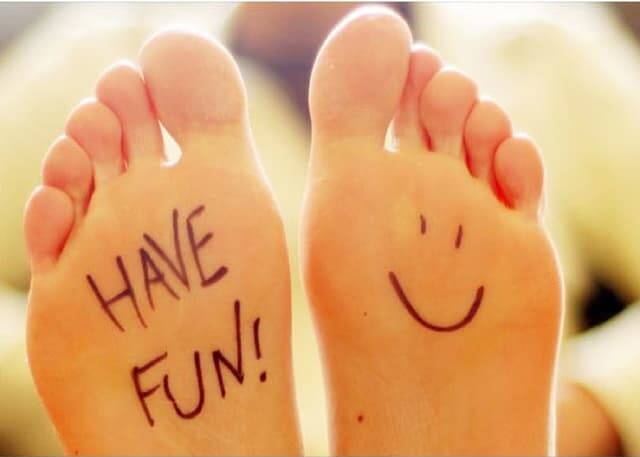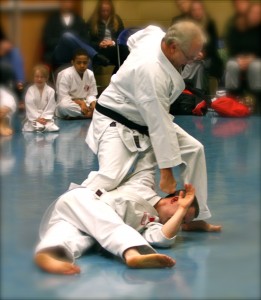By Mick Simmonds
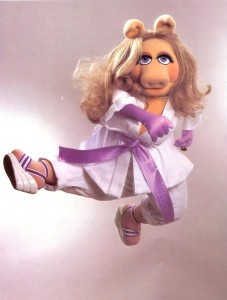
A. Pork Chop.
Basic Definition via Wikipedia ‘’Fun is the enjoyment of pleasure’’
We all derive our fun or pleasure in different ways, some will be fulfilled with sedentary past times such as going for walks in the countryside, sitting in a comfy chair reading or listening to music etc – I must admit to being one of those from time-to-time. But for karateka and even parents of karateka, the fun/pleasure comes from the doing!
The “doing” for the parents of the youngsters in the highly successful Seitou Ryu Karate Squad “Team SRK”, can be seen in fun/pleasure those parents get from supporting their children in all the highs and lows in competing by the photos and comments made via such media as the club Facebook sites and official club website pages. For the competitors the fun/pleasure comes from pitting themselves against like-minded individuals and the experiences they bring away from such events.
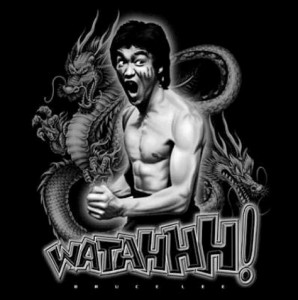
A. WATAHHHH!
It has been said by many pundits over the years that karate/martial arts is a selfish “Art” in that the individual will spend a lot of their time in practicing and honing their skills in a solitary way so that they can become the best that they can and only when in the dojo do they have any interaction with other karateka so those who haven’t yet taken the first step on the karate path will ask “Where is the fun /pleasure in that?”
There is a saying “You only get out, what you put in” and for me I get a sense of fun/pleasure in the practicing at odd-times (places) of the day the technical aspects of a move or stance and have been known to stand in front of a mirror practicing mawashi uke and getting thoroughly frustrated after many failed attempts and then the sudden rush when you finally get one right!
Wow! What a rush, and the effort expended spurs you on to try/practice other things, I remember many moons ago on numerous occasions standing at the bathroom sink washing etc, in shiko dachi to try and strengthen my stance so that come the time to practice in the dojo I was one of the last one to stand-up which in a different way brings a sense of achievement in being able to measure yourself against others around you. This is where the selfish part of training comes into itself and the fun you can personally obtain through that selfishness when time allows. Just be careful that you’re not in a public area at work/ school/shopping and start practicing a flow-drill or kata and collide with someone!
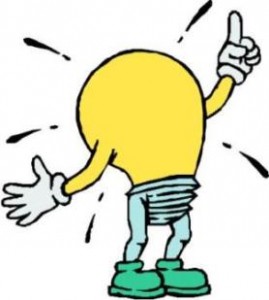
A: Just one, but then all the rest stand around and say “That’s not how MY Sensei said to do it!”
When in the dojo, be it a class of many or just a few that sense of wanting to excel, to be the best that you can be rises to the fore and spurs you to greater efforts and in so doing takes you away from the day-to-day routine of life and where you may have been hesitant to go to class that evening, you leave the class in a better frame of mind, even though the physicality of the class may leave you aching for awhile, the pleasure/fun that you have taken from your efforts far outweighs the aches and pains. With everyone be they junior or senior when posed with a new drill or kata the novelty of that new drill/kata stimulates our brain in such a way that a pleasurable feeling is then associated with that exercise which is then stored in our memory banks as something nice, so that when we repeat the exercise our brain tells us as we start that we will enjoy this and have fun in doing it. This for me is evident when I am fortunate enough to be standing in line in a basic kihon class, going though all the basic blocks, strikes, kicks and stances that we all started to learn from our very first class, the memory of the fun/pleasure in taking part comes flooding back along with all the memories from those classes be those of failure as well as success, of lifelong friendships forged along the way, of the aches/pains, lumps & bumps with an overriding sense of fun! Don’t get me wrong, I still strive to learn new things and sometimes “old dogs, new tricks” applies, but that just means I keep on trying and it may take me twice as long to achieve the goal but I will try again. Why? I hear you ask – because I want that rush…. I want that warm feeling time and time again that fun/pleasure gives in the “doing”. It’s something that I get from every class, be it a little, be it a lot, be it from standing out front and seeing the fun/pleasure those in class are getting from participating in the class, be it from taking part as a student in a class, it’s the “doing” that gives the fun/pleasure.
So, why is having fun important? Fun is important as it fuels your interest and pleasure in what you are doing, that ultimately helps you grow as a person in whatever field you wish to apply this to and will help you excel and reap the benefits of your endeavours.

Gichin Funakoshi
